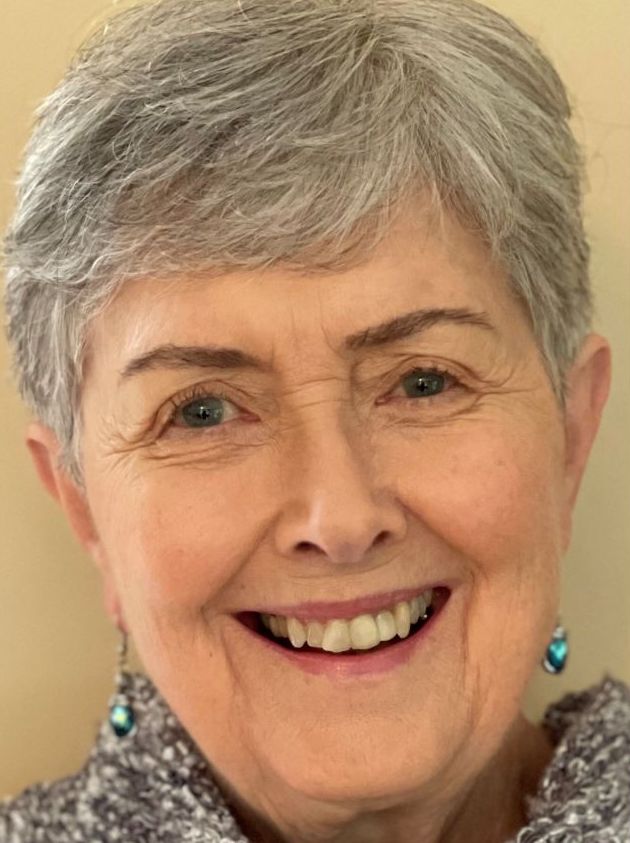Assistant Professor – DFCM
University of TorontoAffiliate Scientist – Toronto Rehabilitation Institute
Medical Director – Rapson Pain and Acupuncture Clinic
Biography
Dr. Rapson is Medical Director of the Rapson Pain and Acupuncture Clinic and Assistant Professor at University of Toronto’s Department of Family and Community Medicine. Impressed by acupuncture’s effectiveness to alleviate pain, in 1975 she took the bold step of leaving her medical practice to work with the Acupuncture Foundation of Canada (AFC) where she played a pivotal role in broadening mainstream acceptance of its practice. Dr. Rapson’s profound belief that health care professionals should work together drove her persistence in bridge-building between East and West to engineer, maintain, and reinforce the growing ties between acupuncture and western medicine. Against great resistance, she helped facilitate the institutional framework to support the incorporation of acupuncture into the conventional portfolio of pain management options, laying the practical groundwork to establish acupuncture as an alternative to pharmaceutical interventions for chronic pain — at a time when chronic pain was rarely acknowledged as a condition being in need of treatment. What seems obvious in hindsight was visionary in the 1980s and 1990s and illustrates her lifelong commitment to drug-free pain relief and patient care.
Dr. Rapson is a recipient of 2021 Dr. Rogers Prize for Excellence in Complementary and Alternative Medicine.
Presentation Abstract
Non-Pharmaceutical Pain Management with Acupuncture, Magnesium and Vitamin D
The neurophysiology of acupuncture analgesia has been researched since the 1970s, beginning with the work of Professor Bruce Pomeranz at the University of Toronto. Seventeen different lines of research strongly support the hypothesis that acupuncture analgesia (AA) is achieved by raising levels of several endorphins.
Acupuncture’s successful use in suppressing withdrawal symptoms that are triggered by abstinence of alcohol, heroin or cocaine in individuals with substance use disorders can be explained by its ability to raise levels of dopamine, which is the final common pathway for all three very different substances. This phenomenon is observed after 20-30 minutes of treatment. However, acupuncture can also calm the sympathetic nervous system within minutes, often producing dramatic improvement in neuropathic pain, suggesting a different mode of action that is likely independent of endorphin release.
The combination of acupuncture with optimized therapeutic vitamin D and magnesium levels as part of a comprehensive treatment plan to improve diet and nutritional support has potential to treat chronic pain well.



